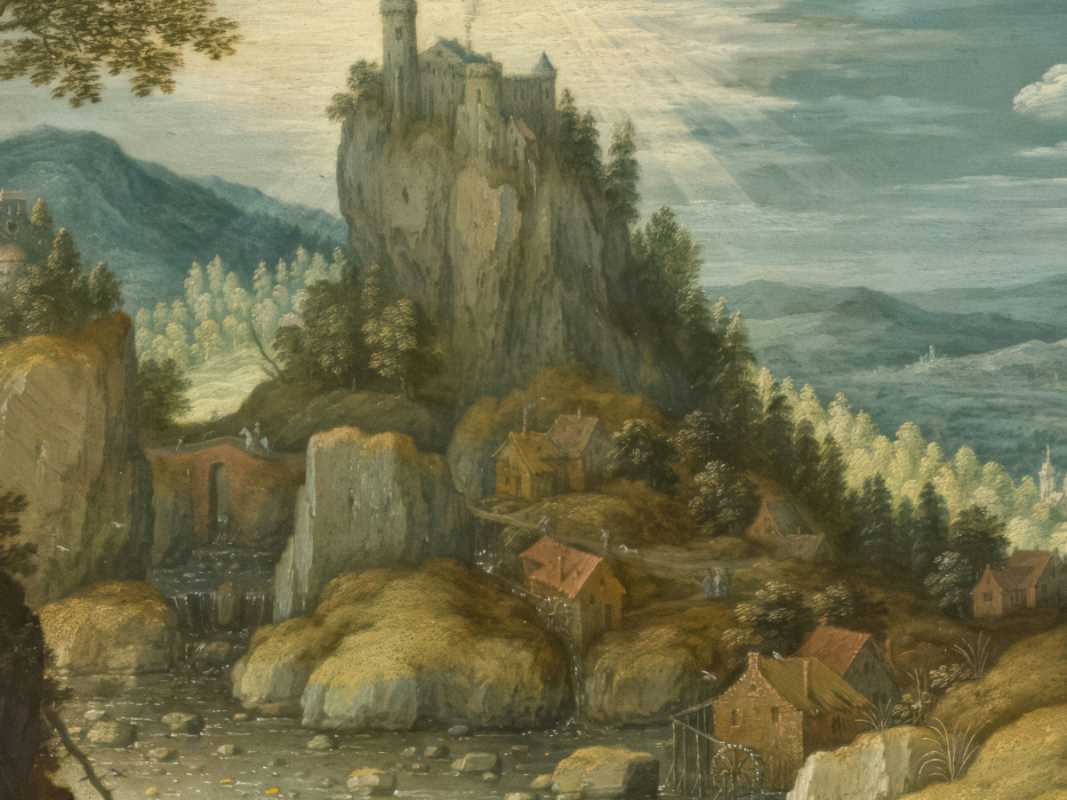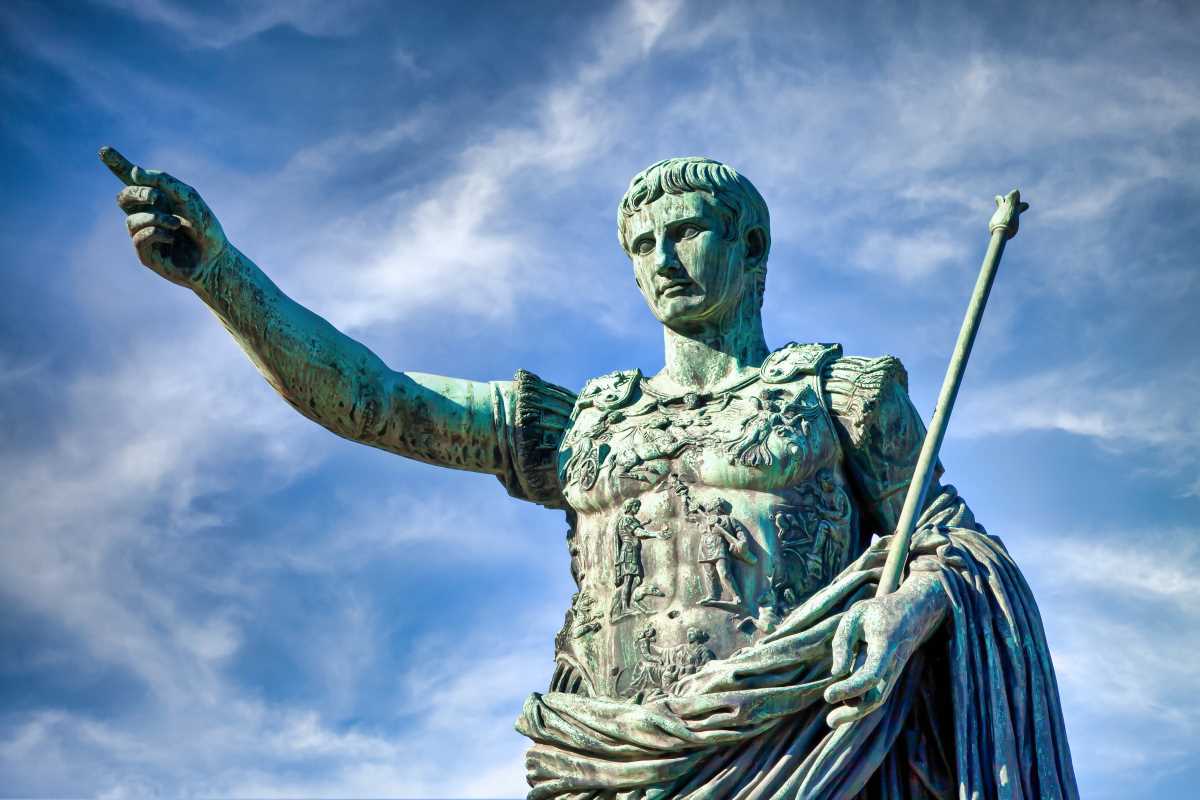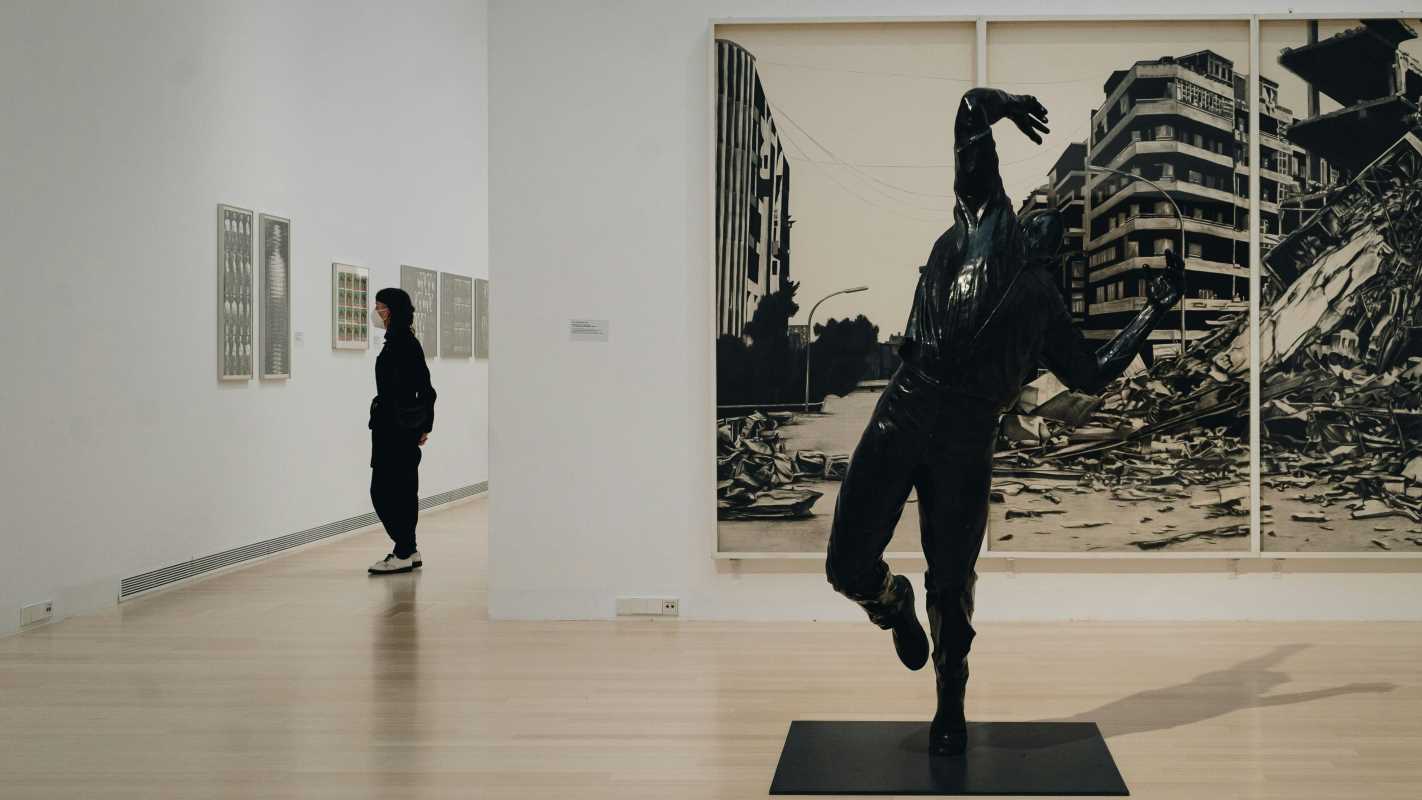Every masterpiece has its secrets. Beneath the brushstrokes of some of the world’s most famous paintings lie stories that range from controversial to downright bizarre. These hidden tales not only enhance the allure of these works but also remind us that art is as much about the drama behind it as it is about the beauty on the canvas.
Here’s a closer look at five famous historical paintings and the fascinating stories they hide.
The Mona Lisa
Few works of art have been scrutinized, debated, and idolized as much as The Mona Lisa. Painted by Leonardo da Vinci between 1503 and 1519, this portrait of an enigmatic woman with that famous smile has sparked endless speculation. But did you know this painting owes some of its fame to a bold heist rather than da Vinci’s genius alone?
In 1911, The Mona Lisa vanished from the Louvre in Paris. The culprit? Vincenzo Peruggia, an Italian nationalist who believed the painting rightfully belonged in Italy. For two years, The Mona Lisa lay hidden under a trunk in Peruggia’s apartment. When he tried to sell it to an art dealer in Florence, his ruse unraveled, and the masterpiece returned to the Louvre.
The theft created a media frenzy, making The Mona Lisa an instant global celebrity. Suddenly, everyone wanted to know what made this particular painting so special. That moment cemented its status, not just as an iconic Renaissance portrait but as a symbol of mystery and intrigue.
The Last Supper
Leonardo da Vinci strikes again! His mural The Last Supper is one of the most revered and studied pieces of religious art in history. Painted between 1495 and 1498, it captures the emotional moment when Jesus reveals that one of his disciples will betray him. But here’s the kicker: this masterpiece barely survived the forces of time, neglect, and absurd "renovations."
For centuries, the mural was plagued by damage due to poor materials and environmental factors. Da Vinci’s experimental technique, using tempera and oil on dry plaster, began flaking almost immediately. And then things got weird. During the Napoleonic Wars, French troops used the refectory housing the mural as a stable, leaving hoofprints behind.
But the most jaw-dropping damage came in World War II when a bomb exploded near the convent in Milan. The building was destroyed, yet miraculously, The Last Supper survived (albeit more fragile than ever). Restoration efforts through the years have sparked debate, with some arguing that changes have marred its original essence. Still, its endurance adds an almost mythic quality to da Vinci’s creation.
The Creation of Adam
Michelangelo’s The Creation of Adam, adorning the Sistine Chapel ceiling, depicts the divine moment when God gives life to Adam. You’ve seen it a thousand times, right? But have you noticed the Easter egg tucked into this celestial masterpiece?
Take a closer look at God’s swirling red cloak. Scholars suggest that it’s shaped like the human brain. Neurosurgeon Dr. Frank Meshberger theorized in 1990 that Michelangelo, fascinated by anatomy, might have hidden a subtle medical illustration within the divine tableau. After all, Michelangelo dissected human corpses to study anatomy, so the suggestion isn’t far-fetched.
What’s mind-blowing (pun intended) is how this interpretation paints Michelangelo as an artist blending spirituality with science. Is God’s cloak a symbol of divine intellect? Was Michelangelo sneakily aligning human consciousness with the divine? We may never know, but it’s questions like these that have kept art historians buzzing for decades.
The Night Watch
Rembrandt’s The Night Watch is not just a painting; it’s practically a movie still frozen in time. Completed in 1642, it’s one of the Dutch Golden Age’s most celebrated works. But underneath its dramatic scene of a militia preparing for action lies a case of mistaken identity.
The painting’s true title is Militia Company of District II under the Command of Captain Frans Banning Cocq. It was nicknamed The Night Watch due to its dark, shadowy tones, which led people to believe it depicted a nighttime scene. But here’s the twist: it wasn’t set at night!
Centuries of dirt and varnish dulled the painting, creating the illusion of a nocturnal setting. A restoration in the 20th century revealed that Rembrandt had, in fact, painted a broad daylight scene with vibrant details. Another hidden detail? The mysterious hand extending outward in the foreground doesn’t seem to belong to anyone in the group. To this day, its owner remains unidentified, leaving art lovers scratching their heads.
The Arnolfini Portrait
Jan van Eyck’s The Arnolfini Portrait (1434) is a masterclass in symbolism, capturing an image of a wealthy couple that’s as layered as it is mysterious. Every element of this painting, from the dog symbolizing loyalty to the oranges indicating wealth, is carefully placed. But the real intrigue lies in the mirror.
At the center of the painting is a convex mirror reflecting the couple. But look closely, and you’ll see two additional figures in the reflection. One is thought to be van Eyck himself. Above the mirror is an inscription in Latin that translates to “Jan van Eyck was here, 1434.” The mirror thus turns the painting into a kind of visual signature and time capsule.
What’s more, historians debate whether the scene depicts a wedding, a simple betrothal, or a ceremonial transfer of duties. The lack of clear answers has only deepened the fascination surrounding this masterpiece. Its layers of symbolism have inspired countless interpretations, keeping viewers guessing for nearly 600 years.
Art’s Hidden Layers
The hidden stories behind these iconic paintings remind us that art is never as straightforward as it seems. These masterpieces store secrets within their pigments and narratives, waiting for future generations to uncover them. Whether it’s a daring heist, an anatomical Easter egg, or mysterious hands, these details make us fall in love with the works all over again.
What makes great art truly timeless isn’t just skill or technique. It’s the stories, mysteries, and secrets that connect us across centuries, turning a simple canvas into a living, breathing history lesson. Who knows what hidden tales still remain undiscovered? Maybe all it takes is a fresh pair of eyes and a wry smile to reveal what’s been there all along.

.jpg)





